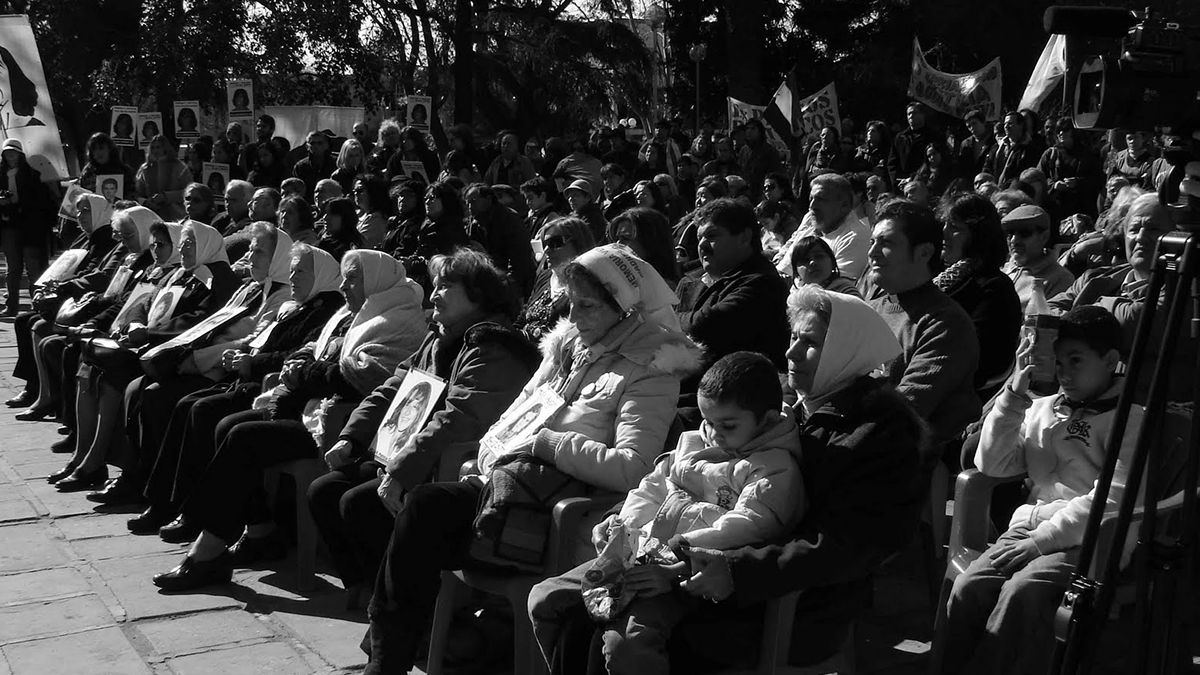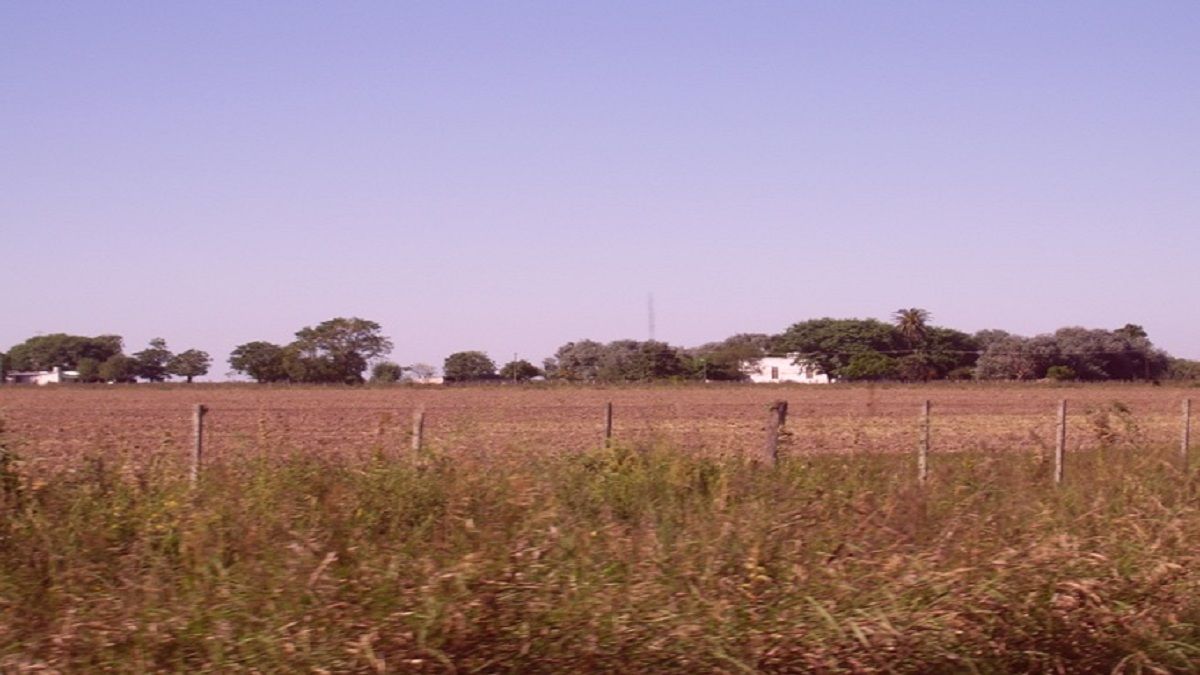During the years of repression, one of the many clandestine detention centers where hundreds of people were tortured. They even found common pits with remains of eight missing.
Read more ► Relatives of victims of the dictatorship support the project to transfer the San Pedro military camp to the province of Santa Fe
In July 2021, human rights organizations became aware of an event that put them on alert: actions at the judicial and administrative level of the Chief of the Engineer Battalion 1 of Santa Fe destined to obtain authorization to carry out tasks of military training and training in tasks of support to the community in sectors of Campo San Pedro. “Although the court did not allow them in principle, the issue does not have a final resolution”the agencies warned. By this situation, The agencies reiterate the need to move forward with the transfer of management of the property to the province of Santa Fe.
Common pits
In June 2010, the Argentine Forensic Anthropology Team he found a clandestine burial pit in the middle of the military camp. This discovery meant a before and after for that military property.
From the Forum against impunity and for Justice they explained that “The bones of the murdered comrades, some with bullet holes in their skulls, were found without clothes, Nazi style, and in dissimilar positions as if the bodies had been directly thrown there, and covered by lime”.
For this reason, they warn, “It does not seem by chance that a few months before the discovery, a group of officers who had entered the field in a military vehicle, in the middle of the search stage, told the anthropologists that if they found lime they should not be surprised, because they used to use it in the field bathrooms “. It was not the only time that the military violated the judicial order that prevented them from entering the field, since on another occasion they flew over the place that was being investigated, with a military plane in a clear intimidating attitude.
Among the eight bodies of militants found on the property of San Pedro was that of Maria Esther Ravelo, the “blind woman”, as the former repressor had said Eduardo Costanzo. He also informed the judge that 27 prisoners had been taken to the so-called “Rolón camp”, so that at least 19 still need to be found and identified. “There are testimonies about many more kidnapped prisoners who were taken to that extermination center and clandestine burial”, they assure.
The trivialization of genocide
The Forum highlights that the hypothetical return to military practices in Campo San Pedro “would have a symbolic content that is incompatible with everything that Argentina advanced in human rights since 2003, with its antecedents in the Trial of the Boards of 1985”.
“An event of this nature would imply the message that nothing happened there, or that things of little importance happened and everything would begin to return to” normality. “, lament the human rights organizations.
The entities hope to hold a meeting soon with the authorities of the Ministry of Defense of the Nation. In addition, Digital Air he learned that excavation work would be resumed by the EAAF in October.
“We are concerned about the delay in the treatment of the project, which once lost parliamentary status and had to be presented again. This delay could be conditioned by the scarce knowledge of the subject more than 500 kilometers from where these aberrant events of State terrorism took place in our area, ”said Hugo Kofman, a member of the Forum against impunity and for Justice.
Kofman stressed that “Due to the seriousness and magnitude of the events that occurred in the field, we understand that there are ample reasons for the place to be preserved as a place and space of memory, and to guarantee that military forces can never return to it, beyond the political ups and downs that could occur “.
Regarding the request of the military to be able to carry out training tasks on the premises, Kofman warned that “His insistence on returning to training there, without any real need, would only contribute to the denialist policies of erasing memory and trivializing the genocide committed by the Armed Forces”.
The project
Campo militar San Pedro is a property of 2,119 hectares, of which 800 hectares are mainland and the rest are partially flooded areas due to the Setúbal Lagoon. There are also areas of scrubland. It was originally conceived as a place for military practices and maneuvers, but it has also been under agricultural and livestock exploitation, which altered the characteristics it had at the time of the dictatorship. It is directly dependent on the 121 Artillery Command, corresponding to the second corps of army, based in the city of Rosario.
Read more ► Clandestine burials during the dictatorship: ocular inspections were carried out in the San Pedro military camp
The objective of transferring the property to the province of Santa Fe is that the San Pedro field be declared a memory space and that a school in Forensic Sciences be installed for Search Units for Disappeared Persons as well as carry out educational and health initiatives. research related to the subject of human rights. In addition, it must be a space dedicated to the search for missing persons.
In 2011, National Law 26691 of “Preservation, Signaling, and Dissemination of State Terrorism Memory Sites”, which provided the necessary institutional framework for the development of a specific policy on the matter throughout the national territory. Later, Campo San Pedro was declared a Site of Memory by the Ministry of Justice and Human Rights of the Nation.






